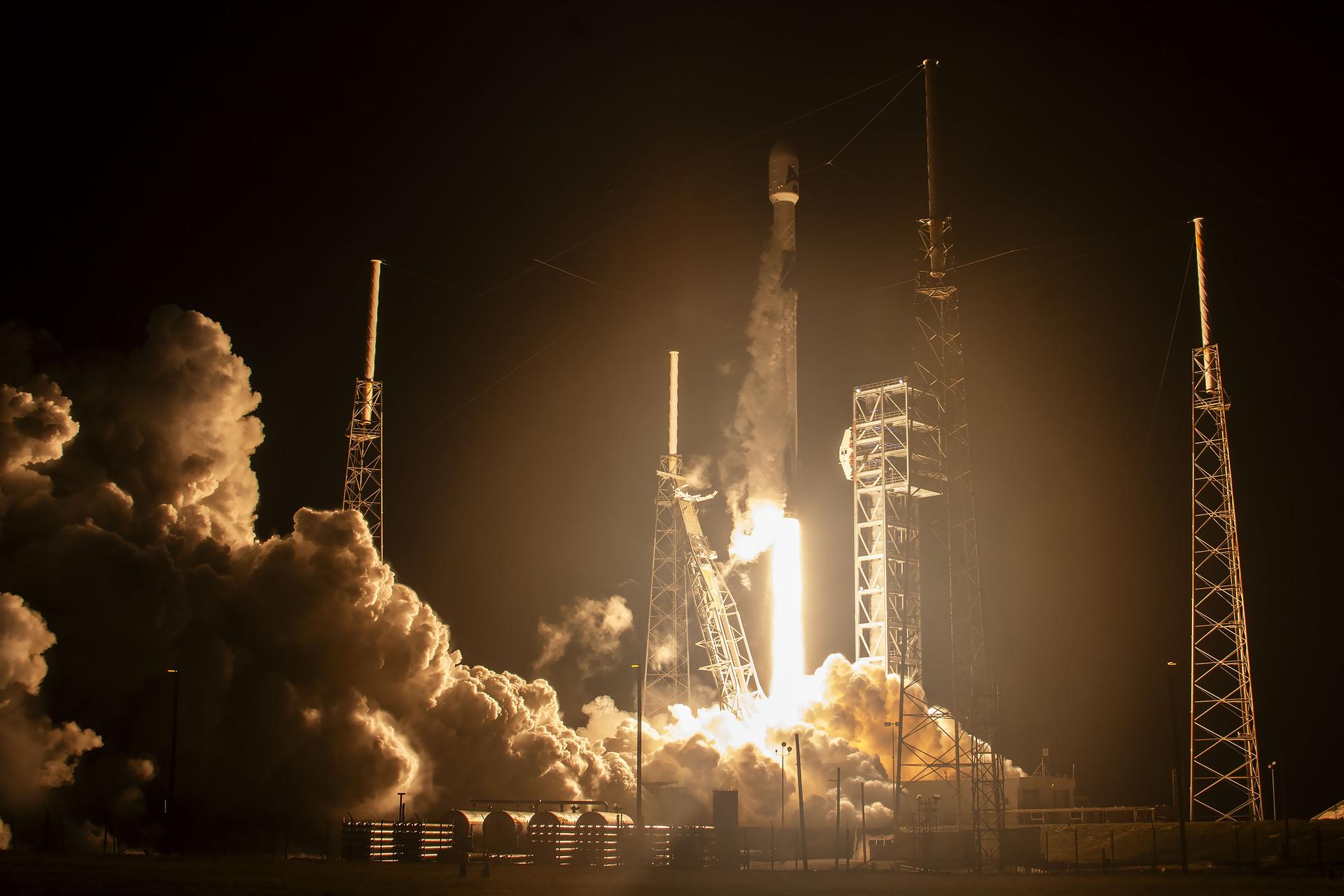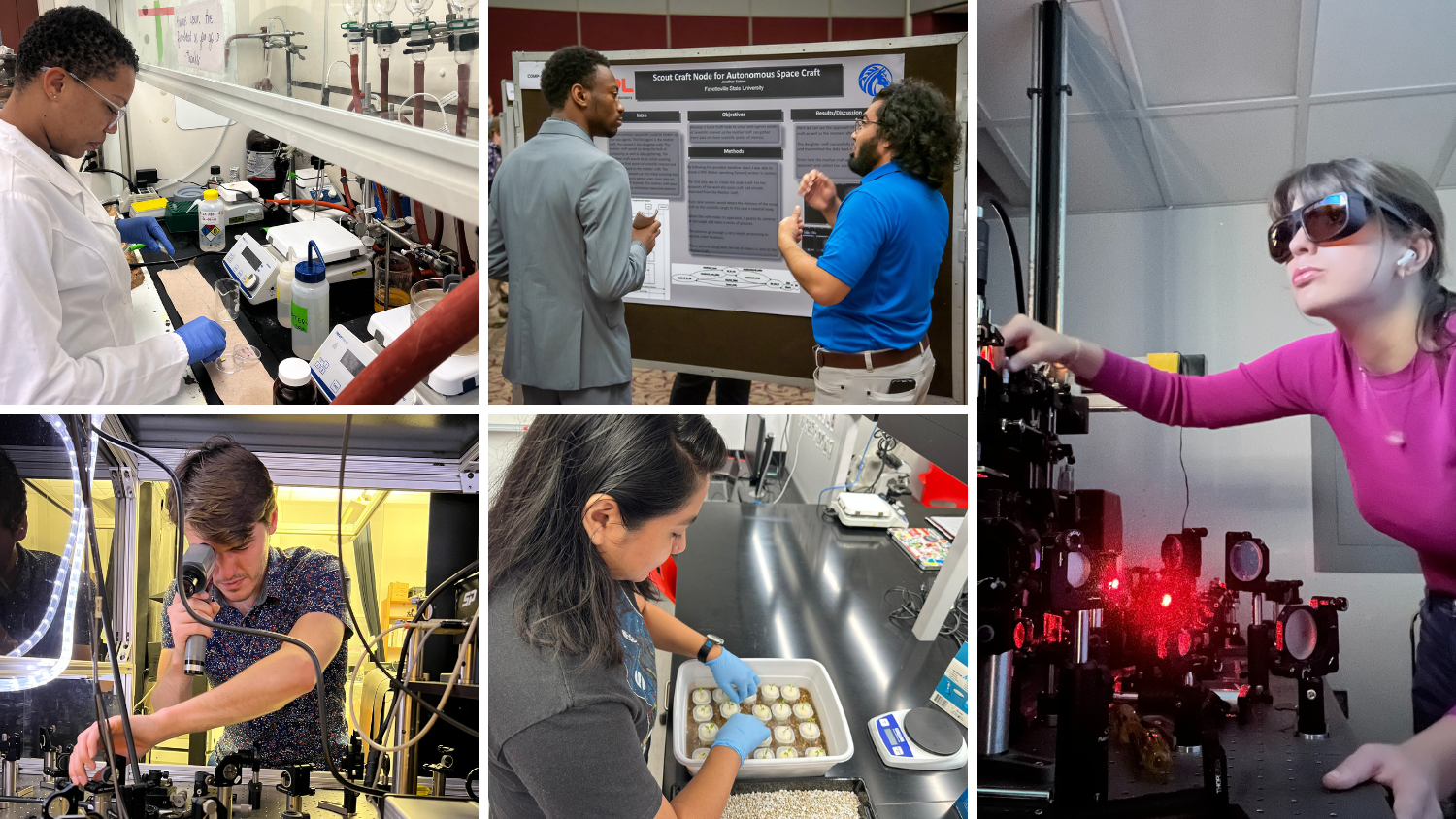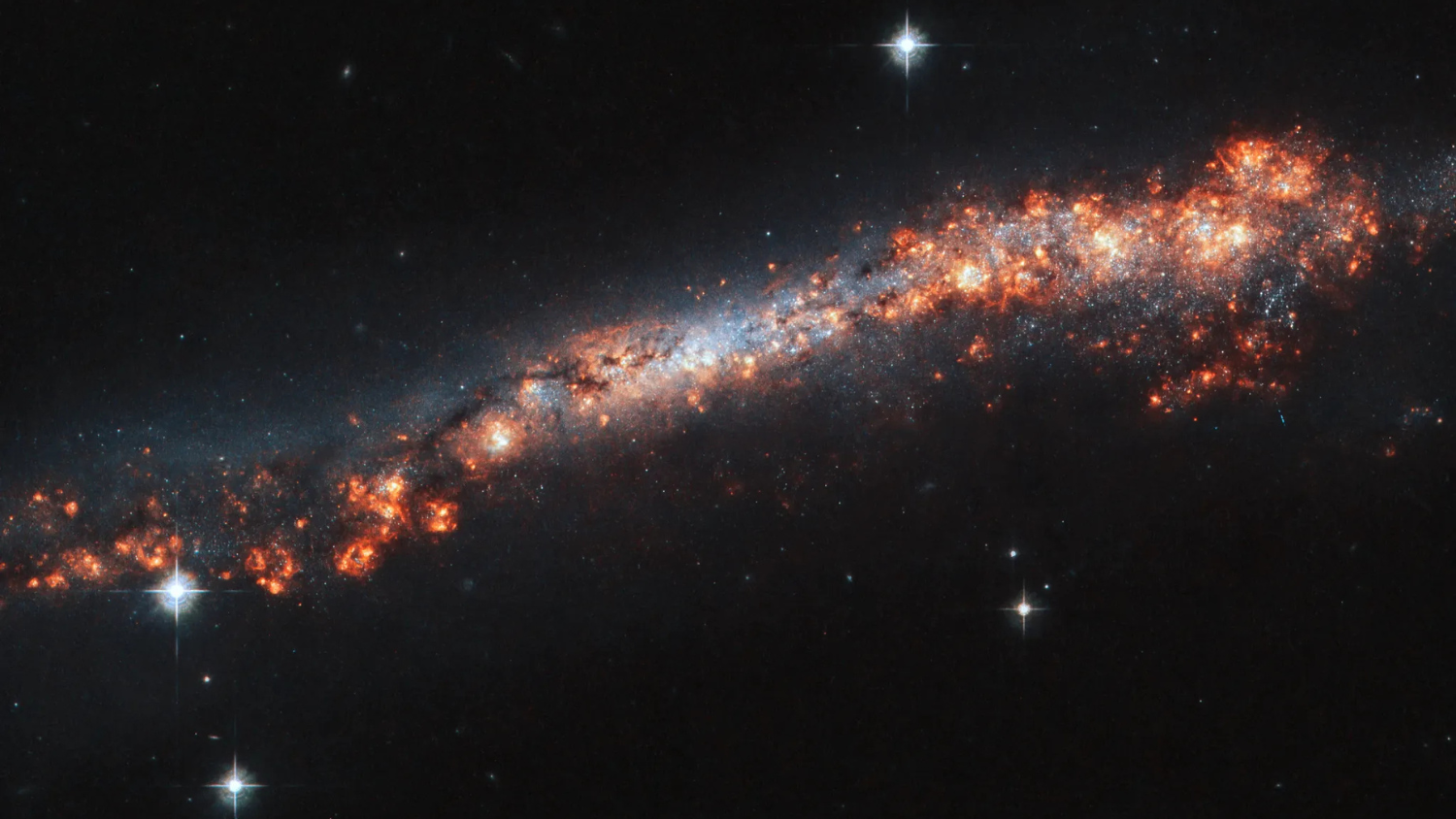NASA’s Earth-Observing Mission, PACE, Releases First Set of Data to Public
And Sascha Medina, NC Space Grant's STEM communications specialist, shares about experiencing launch prep at NASA Kennedy Space Center in the days leading up to launch.

On February 8, 2024, NASA launched its newest Earth-observing satellite, the Plankton, Aerosol, Cloud, and ocean Ecosystem (PACE) satellite aboard a SpaceX Falcon 9 rocket from Space Launch Complex 40 at Cape Canaveral Space Force Station in Florida. The first of the mission’s data was just made available to the public.
The PACE mission advances NASA’s ability to assess ocean health and extends NASA’s 20 years of observing the ocean via satellites. Mission measurements of plankton, aerosols, clouds, and the ocean will help NASA better understand the connections between them and their complex relationships within Earth’s larger climate system.
“These stunning images are furthering NASA’s commitment to protect our home planet,” said NASA Administrator Bill Nelson in NASA’s press release. “PACE’s observations will give us a better understanding of how our oceans and waterways, and the tiny organisms that call them home, impact Earth. From coastal communities to fisheries, NASA is gathering critical climate data for all people.”
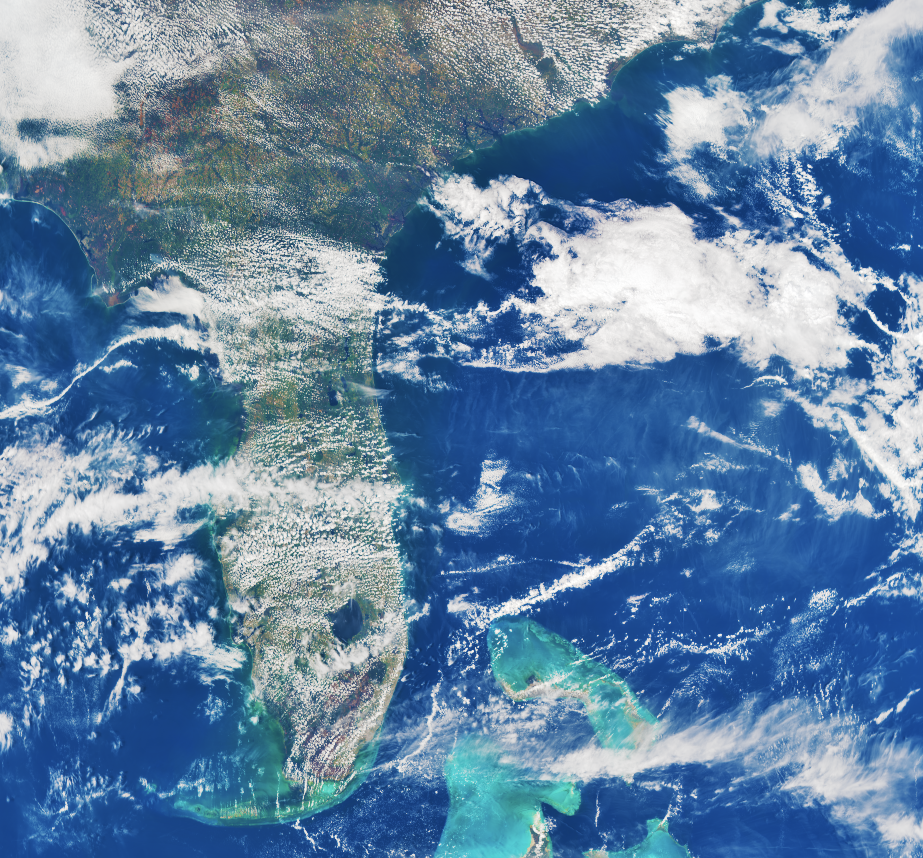
NASA’s Earth Fleet
The PACE mission is one of many in NASA’s current fleet of missions positioned to study and better understand Earth. According to NASA, these missions will provide researchers data to address questions about global climate change.
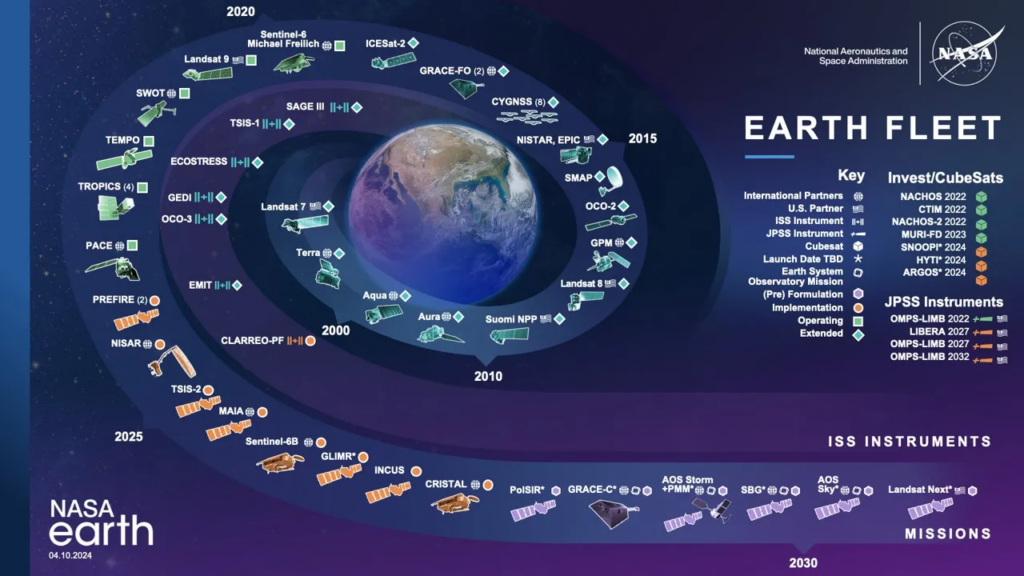
The Data
PACE’s data release to the public began April 11, 2024. Data can be accessed at https://pace.oceansciences.org/access_pace_data.htm. A limited suite of data products is currently available in this first release, but NASA states the public should expect additional data products as the mission continues data collection.
NC Space Grant Experiences PACE Launch Prep
As part of the NASA Social program, I was accepted by the NASA Social program to experience the launch firsthand. For two days, I got behind-the-scenes looks of NASA Kennedy Space Center, which led up to the launch – the moment we were all excited for!

However the weather didn’t look favorable the hours leading up to launch, and the first launch attempt was scrubbed. As a result, several of us, including me, missed seeing the launch in-person. After two scrubbed launch attempts, PACE launched in the early hours of February 8, 2024, two days after initially planned.
In the two-days I got to explore the Kennedy Space Center, I learned about what it takes to get rockets into space. I attended tours around NASA’s Kennedy Space Center, including the Vehicle Assembly Building, where PACE’s SpaceX Falcon was assembled; the Launch Services Program Mission Director’s Center, LSP’s premier control room in the Hangar AE building at the Kennedy Space Center; and the Space Launch Complex 40, where PACE launched.
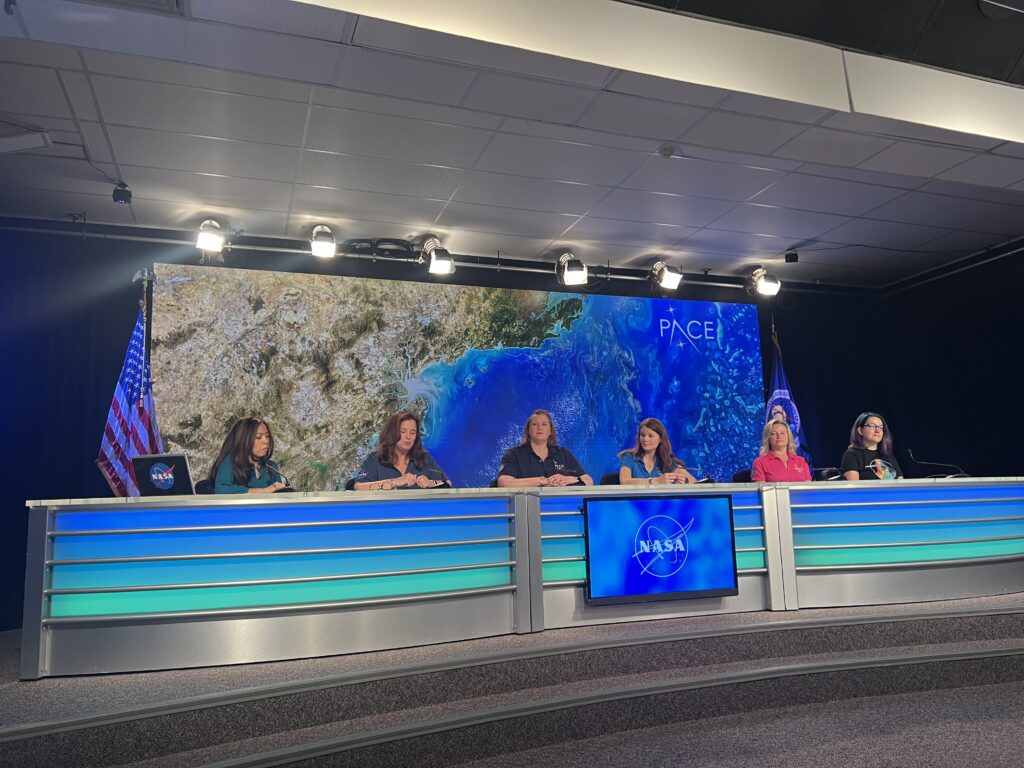
This experience was truly out of this world. PACE will allow scientists to better understand ocean health and more broadly, the changing world we live in. NASA’s investment in Earth-monitoring missions is timely, as researchers and scientists work to answer key questions about the Earth’s climate.
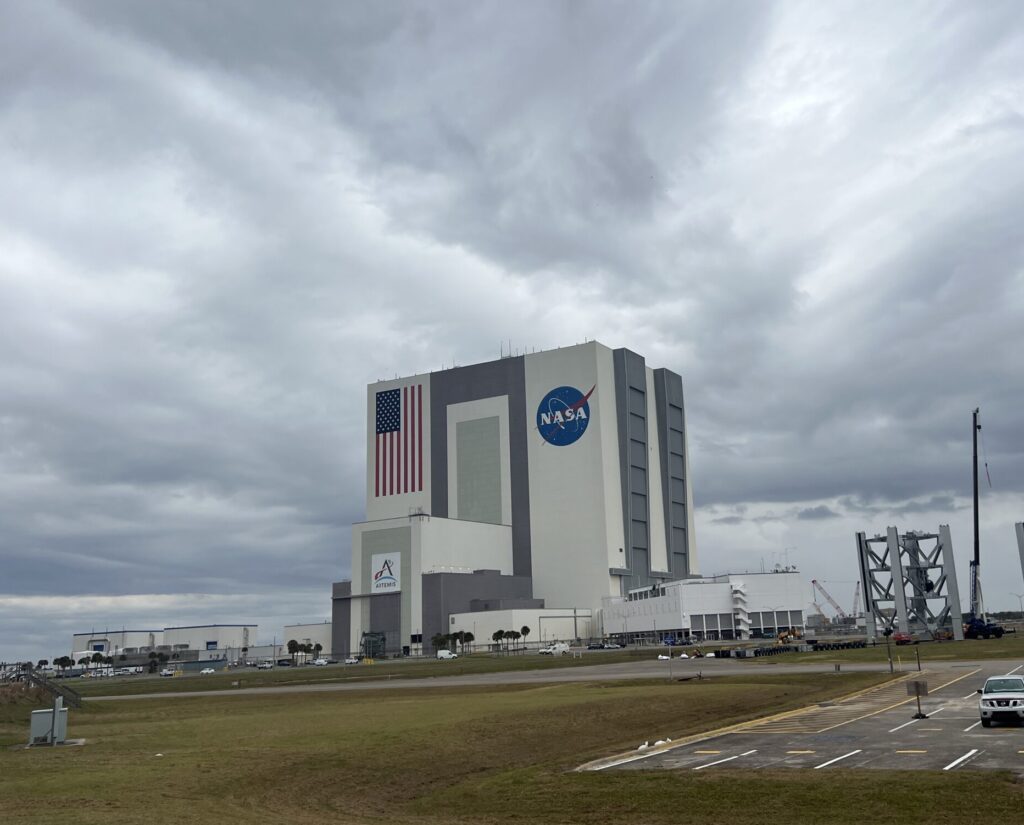

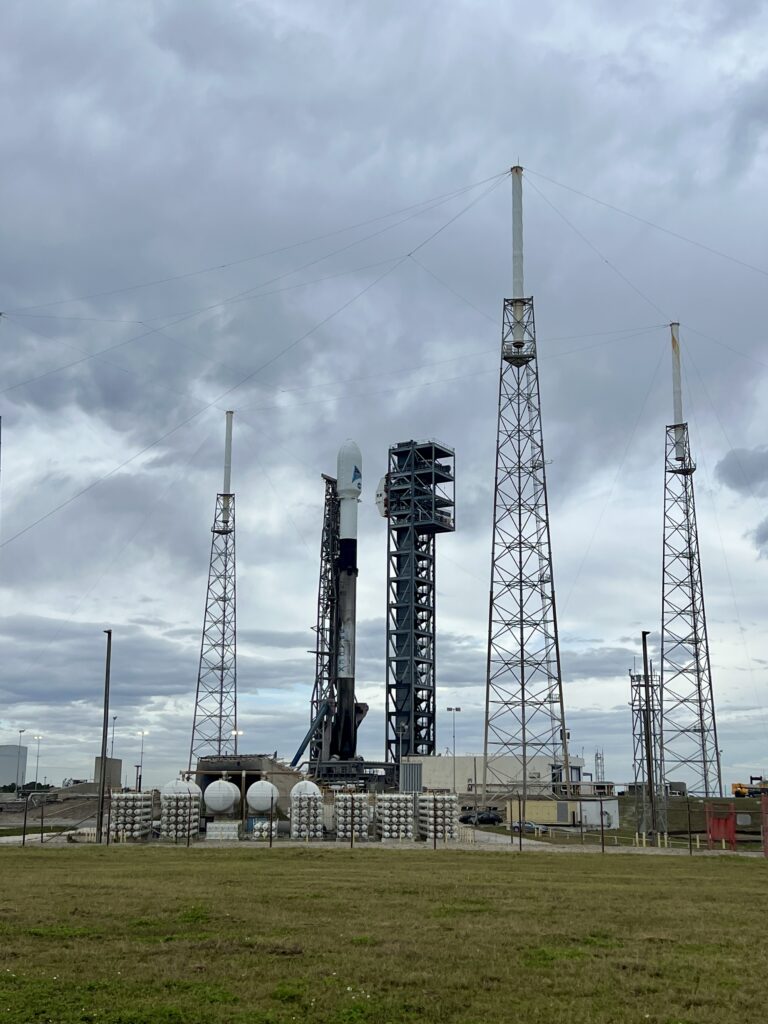
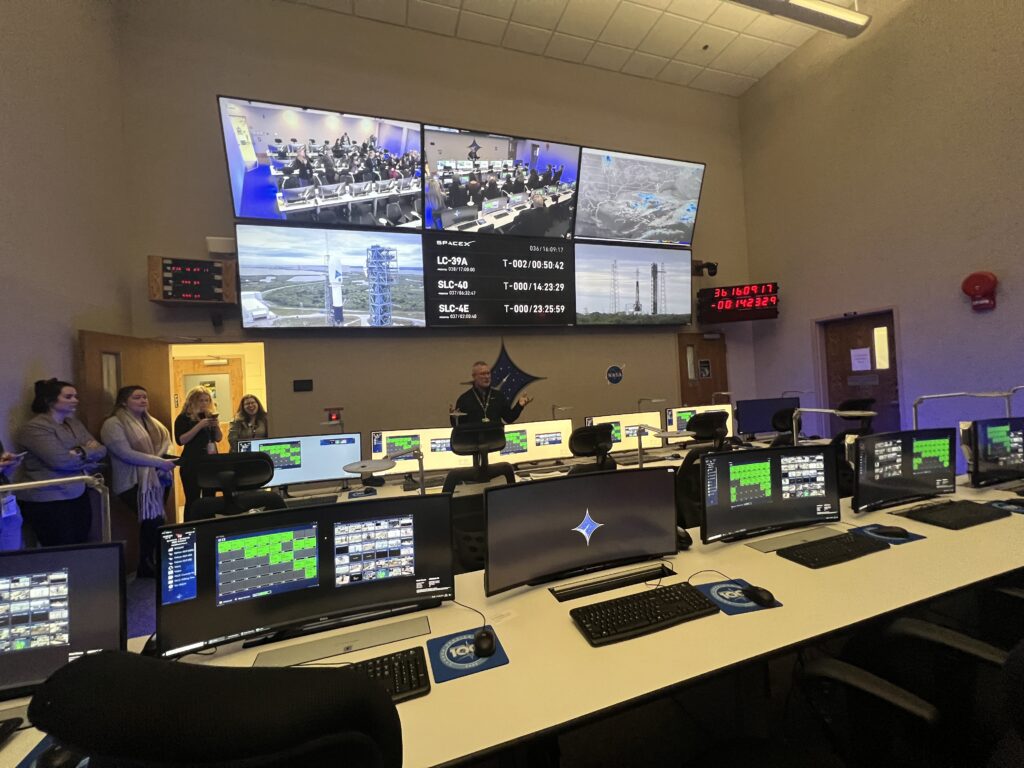
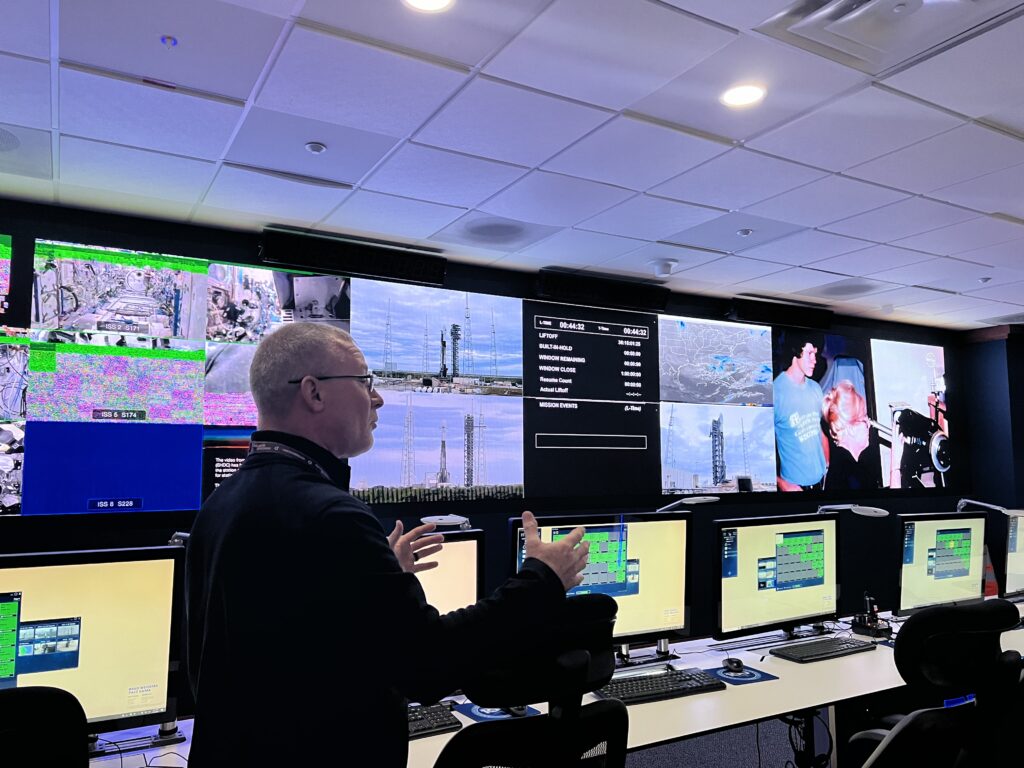
☽
- Categories:
